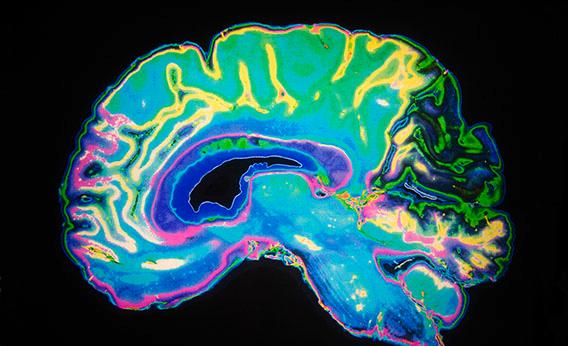My initial research focused on various different aspects relating to party games, Hasbro and the outlined target audience. The combination of primary and secondary research was used to inform my initial party game idea, which can be seen on the following design board.
Cards Against Humanity
In the briefing, Hasbro highlights that the game can be edgy, but not so controversial that retailers would turn it down. They suggest to think 'not quite as offensive as Cards Against Humanity'. Cards Against Humanity is the biggest-selling party card game in the World. In relation to the last piece of research made, it is evident that the most successful games are simple, not only in terms of rules, but also in terms of aesthetics. Cards Against Humanity just uses black and white cards with printed type. This is most likely to keep printing costs as low as possible, and to keep the highest possible contrast ratio between the two different cards for a clear playing experience. Because of the success that Cards Against Humanity has had, I kept visuals as simplistic as possible later in the project.
Guessing Games
One game that a lot of the boys in our class play is a guessing game, where everyone takes it in turns to guess the nearest value to a certain question. It always gets very competitive and people become extremely determined to get the closest right. Because of this, I made some research into what physically pushes people to competitive. The main answer is dopamine, which is considered to be the brain chemical that fuels will. The neurotransmitter’s effect in certain regions of the brain is strongly related to rewards, and the anticipation of pleasure. In this sense, games are successful when they create anticipation and phsyically affect the way people's bodies react. This inspired me to propose a guessing game in the initial idea stage.
As all four members of our team researched into different, yet relative, party game areas, I simply gathered enough research to produce an initial idea. We were able to discuss all the individual points found together in the following stage, where we started to think about a main party game concept.



No comments:
Post a Comment